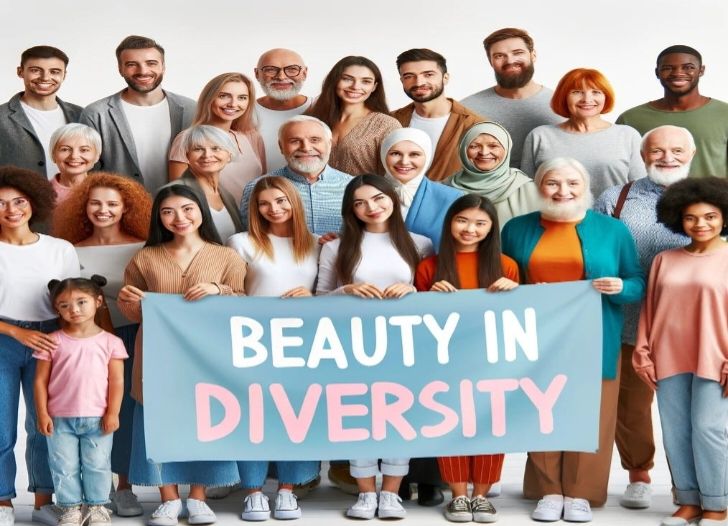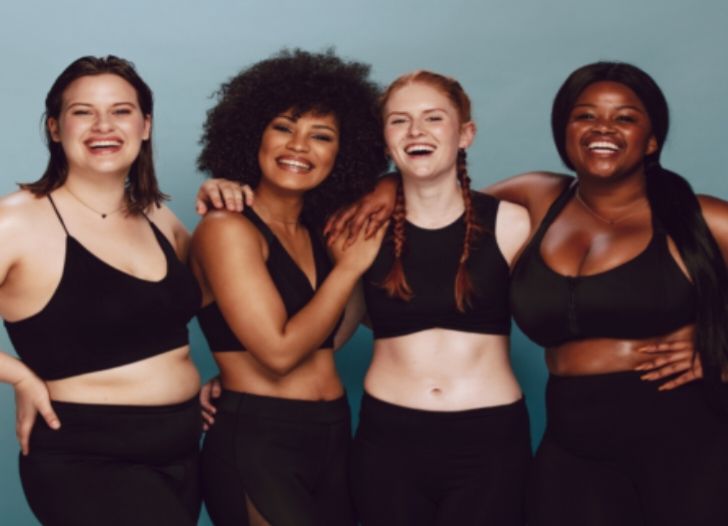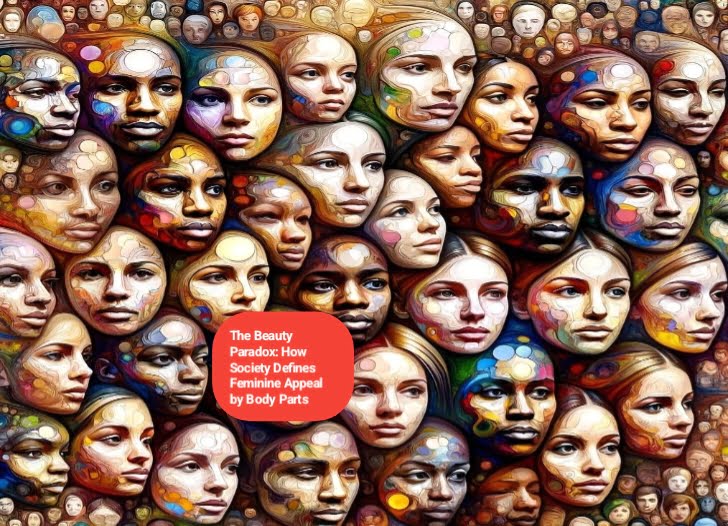The Beauty Paradox: How Society Defines Feminine Appeal by Body Parts, A symmetrical face with clear skin, high cheekbones, The Beauty Paradox
The Beauty Paradox
In an age where body positivity movements are gaining momentum, the societal standards of beauty continue to influence how women’s bodies are perceived. Across cultures and eras, the emphasis on certain body parts has shifted, reflecting societal values, pop culture, and even economic trends.The Beauty Paradox
1. Historical Evolution of Beauty Standards
Historically, beauty has always been subject to changing standards. During the Renaissance, women with fuller figures and rounded stomachs were considered beautiful, symbolizing fertility and wealth. In contrast, the 1920s flapper era glorified slim, boyish figures. These standards reflect not only aesthetics but also socio-economic factors: in times of plenty, plumpness was admired; in leaner times, thinness became the trend.

2. The 21st-Century Beauty Ideal: The “Perfect” Figure
In modern times, media and popular culture have honed in on specific body parts as markers of beauty: The Beauty Paradox
- The Face: A symmetrical face with clear skin, high cheekbones, and defined features is often seen as a universal marker of beauty. Social media platforms like Instagram have amplified this, with filters enhancing facial features to meet these ideals.
- The Waist: A slim, cinched waist has long been a standard of femininity. The “hourglass figure,” popularized by celebrities such as Kim Kardashian, exemplifies this. Corsets, waist trainers, and diet fads are all driven by the obsession with maintaining a small waistline.
- Legs: Long, toned legs are frequently associated with elegance and attractiveness, with fashion emphasizing this trait through high heels, short skirts, and runway models who often have this physique.The Beauty Paradox
- The Bust and Hips: While the 1990s favored a more waif-like figure, today’s trends lean towards curvier forms. Large busts and wide hips are often celebrated in the media as symbols of fertility, health, and sensuality.
3. The Impact of Social Media
Platforms like Instagram, TikTok, and YouTube have played significant roles in reshaping beauty standards. Viral challenges and filters accentuate certain body parts, often leading to body dissatisfaction among young girls. For instance, the “thigh gap” trend and “snatched waist” filters push unrealistic expectations. The Beauty Paradox
Influencers and celebrities set beauty standards that are often unattainable for the average person. This constant exposure to edited and filtered images makes girls hyper-aware of their bodies, leading them to believe that their worth is tied to how closely they align with these beauty ideals.
4. The Role of Body Positivity Movements

In response to these unrealistic beauty standards, body positivity movements have emerged, advocating for the acceptance of all body types. Campaigns by brands like Dove, Aerie, and even Victoria’s Secret have aimed to shift the narrative by featuring diverse body types in their advertising.
However, while these movements have made progress in promoting inclusivity, the societal pressure to conform to a particular body type persists. Even within the body positivity movement, there are critics who argue that certain body types still receive more attention and validation.
5. Conclusion: The Fluid Nature of Beauty Standards
Ultimately, the parts of a woman’s body that are considered “beautiful” are shaped by the times, the media, and cultural influences. While society continues to place undue emphasis on specific physical attributes, there is growing recognition of the importance of self-acceptance and the need to challenge narrow beauty standards. True beauty is, after all, a blend of individuality, confidence, and character—qualities that transcend physical form.
The societal gaze may continue to focus on the face, waist, legs, or other body parts, but a more holistic view of beauty is emerging, one that embraces diversity and celebrates the unique qualities that every individual possesses.
How did you like the information given in our article today, please tell us in the comment section and for more such posts, follow our page The News House, thank you
Reed more… JAMES EARL JONES, ICONIC VOICE OF DARTH VADER AND CELEBRATED ACTOR


